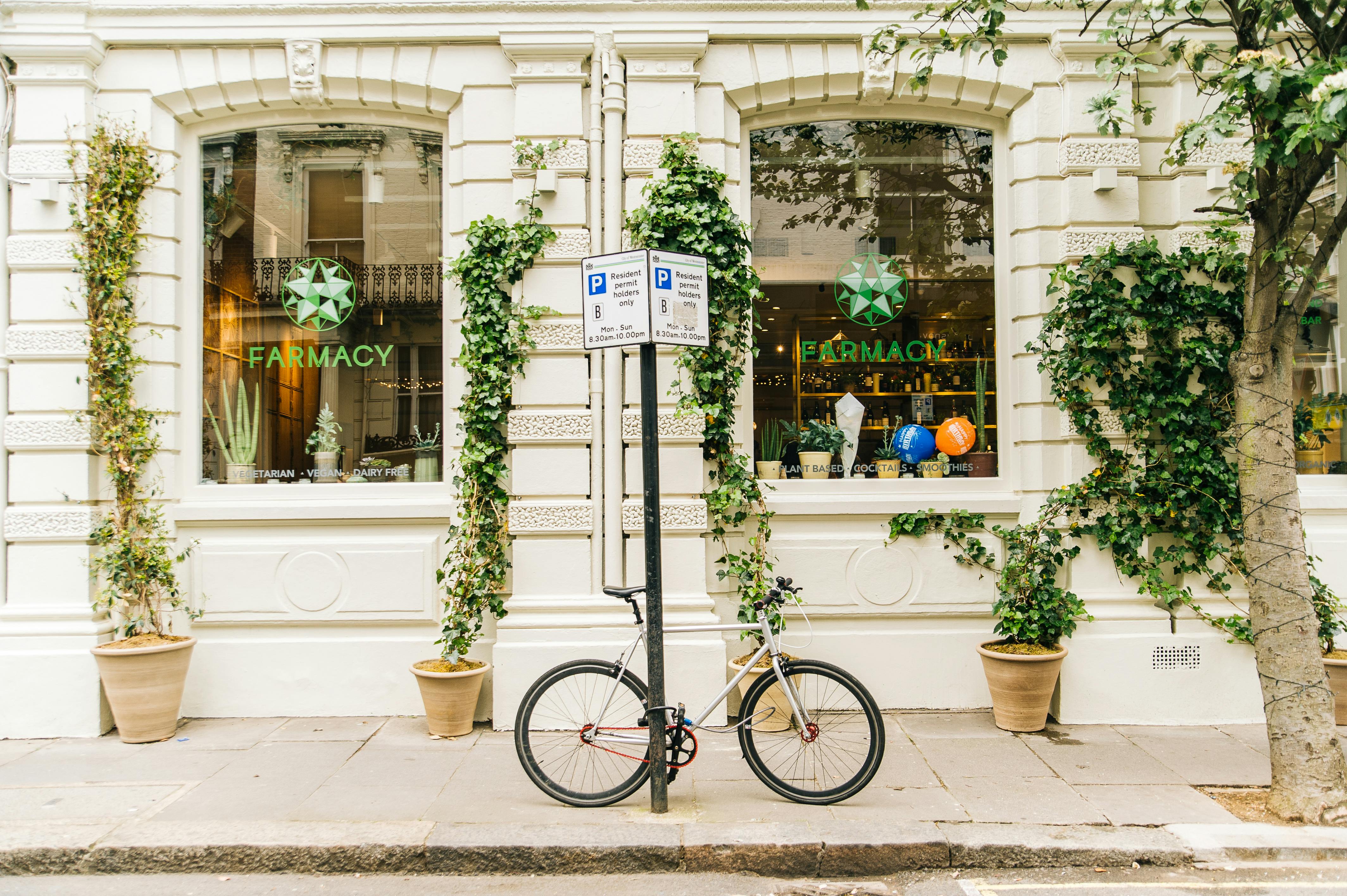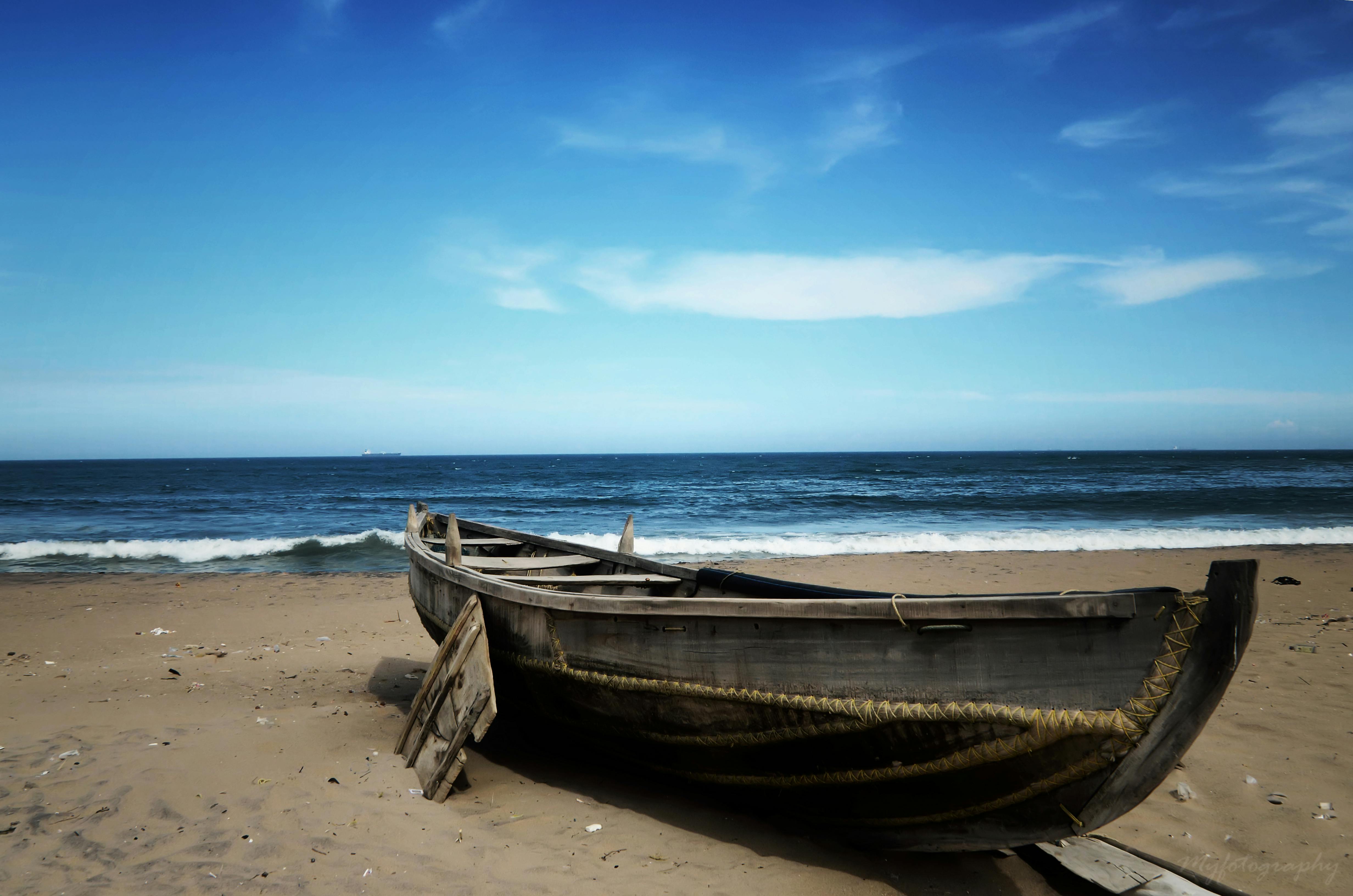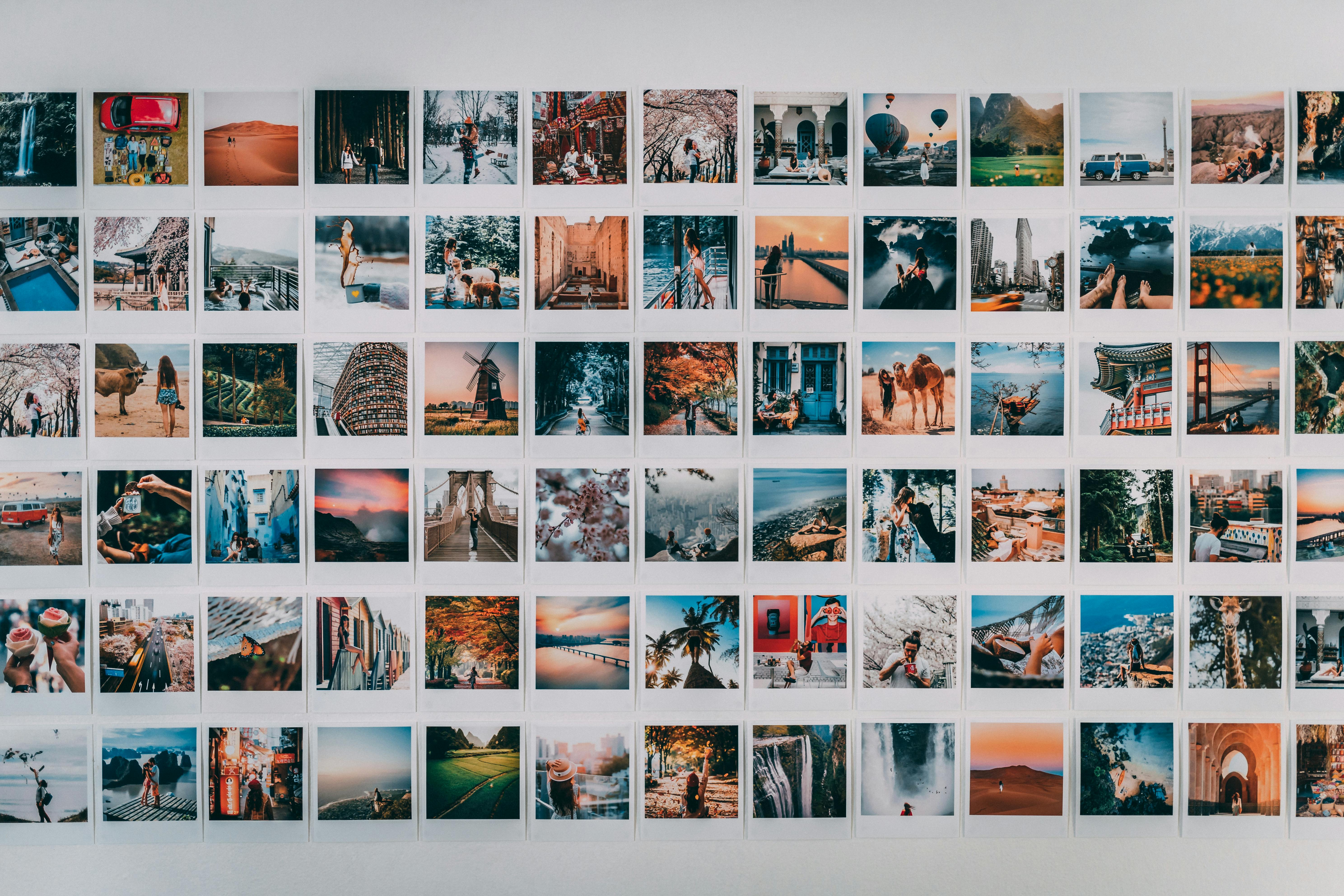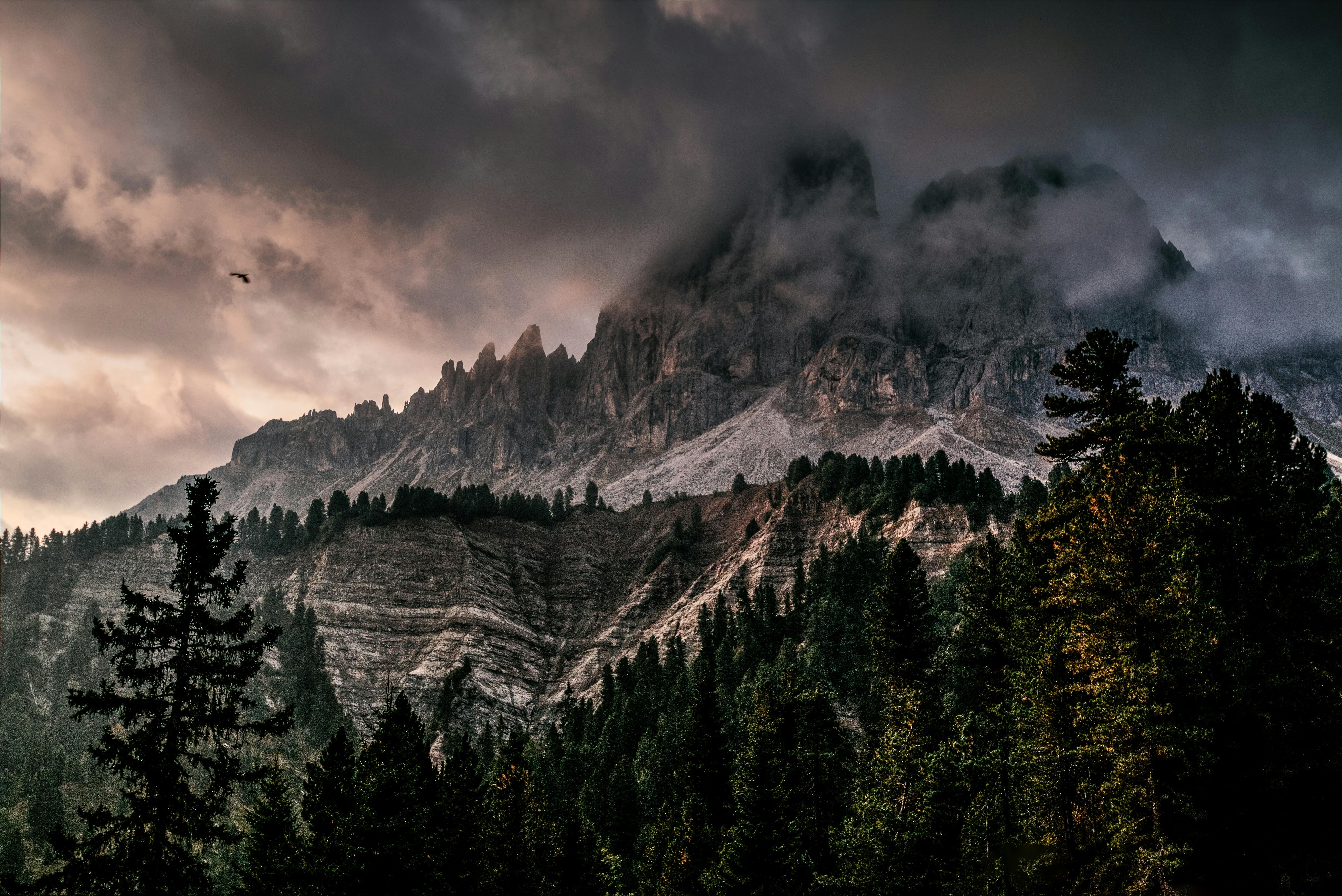Considered the cradle of the Renaissance, Tuscany is a well-known center of high culture. It’s hard to resist the urge to start a tour of this Italian region with a particular focus on attractions that exemplify the influence of the Renaissance, as there are so many.
The region boasts of the most valuable pieces of art housed in world-renowned museums, inspiring architectural marvels, stunning landscapes, and one-of-a-kind Tuscan villas scattered throughout the area. For all these reasons, it remains one of the most visited destinations in the world, with almost two million tourists visiting Florence, the capital of the region, every year.
The Pitti Palace in Florence
As a cultural movement, the Renaissance was a true innovation. It signaled the end of an era and ushered in a new one, as evidenced in the region’s art, architecture, literature, and science. Countless historic attractions around the area transport tourists to the turning point in history that ushered in the modern world, even many of the existing Tuscan villas for rent recall classic design and architecture.
But if tourists really want to understand the Renaissance, one of the best stops to visit is the largest museum complex in the region’s capital city. Located in Florence, the original core of the Palazzo Pitti, the Pitti Palace, dates from 1458. When the Medici family purchased the residence in 1549, the palace was still home to an extensive collection of paintings, jewelry, and other works of art. Today, it is home to a number of museums and galleries. The Palatine Gallery alone (the main gallery of the Pitti Palace) houses more than 500 paintings from the Renaissance era, including works by Raphael.
The National Pinacoteca of Siena
This beautiful region has been home to many influential figures in the arts and sciences who helped shape the Renaissance. Even small towns display amazing natural architectural beauty and Tuscan villas are the preferred means of accommodation for many tourists due to this authenticity. But when it comes to visual arts, another must-stop for a great Renaissance experience is the Siena National Museum. The Pinacoteca Nazionale houses art from the late medieval period, as well as an extensive collection of Renaissance paintings by Italian artists. The location of the building is also interesting: the museum is located in two palaces in the city center. The Brigidi Palace was built in the 14th century, while the Buonsignori Palace was built in the 15th century but has a 19th century façade. The Pinacoteca Nazionale also has one of the largest collections of Sienese painting in the world, dating from the 14th and 15th centuries.
The Pazzi Chapel in Florence
The Renaissance movement spread widely, not only through art and literature, but also through architecture: it introduced similar Renaissance principles to building design. Some of the common characteristics of Renaissance architecture, still evident in modern Tuscan villas and houses today, are spaciousness and a sense of light. One of the earliest (and possibly one of the best) examples of Renaissance architecture is the Pazzi Chapel, located in Florence. A cloister of the Basilica of Santa Croce, construction of the Pazzi Chapel began in 1441 but was not completed until the 1460s. Today, the interior of the chapel remains magnificent and the entire structure is considered a masterpiece of the Renaissance. Its arches, pilasters and columns show common Renaissance features, as do the roundels between the pilasters.



